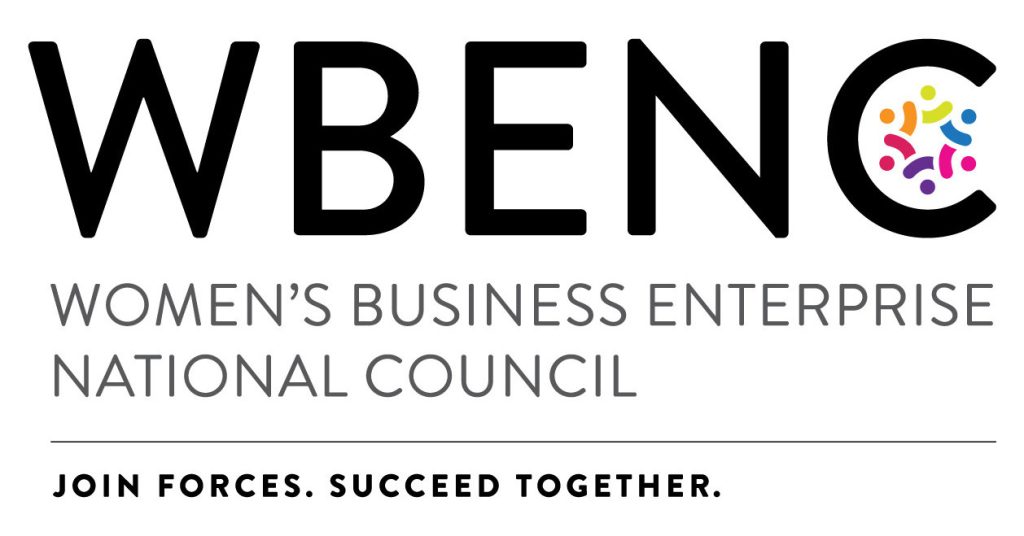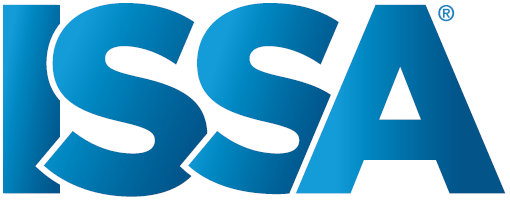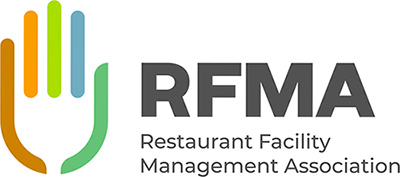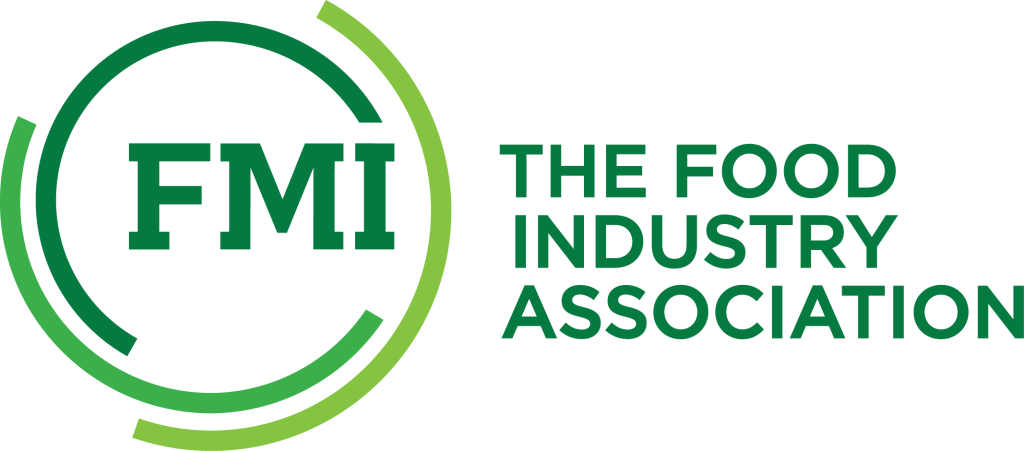Maintaining a clean and healthy environment within a facility is a top priority for facility professionals. It not only ensures the well-being of occupants but also reflects positively on the organization’s reputation. However, the methods used to achieve this cleanliness can significantly impact the environment. In recent years, the shift towards green cleaning techniques and best practices has gained momentum. Facility professionals should be knowledgeable about these practices to make informed choices that prioritize health and sustainability.
Understanding Green Cleaning
Green cleaning refers to the use of environmentally friendly cleaning products and practices that aim to minimize the negative impact on human health and the environment. It’s about using methods that reduce the use of hazardous chemicals, water, and energy, while still achieving high levels of cleanliness. Here are some key principles of green cleaning:
- Safe Cleaning Chemicals: Traditional cleaning products often contain harmful chemicals that can have adverse effects on both human health and the environment. Green cleaning focuses on using non-toxic, biodegradable, and eco-friendly cleaning solutions.
- Efficient Equipment: Energy-efficient cleaning equipment, such as low-energy vacuum cleaners and automatic dispensers, helps reduce power consumption and overall environmental impact.
- Water Conservation: Facilities can minimize water wastage by using high-efficiency cleaning equipment and implementing practices like microfiber cleaning, which requires less water than traditional mopping.
- Proper Waste Management: Green cleaning practices involve responsible waste disposal, recycling, and reducing packaging waste.
Best Practices in Green Cleaning
- Select the Right Cleaning Products: Facility professionals should choose cleaning products that are certified as environmentally friendly. Look for third-party certifications like Green Seal or EcoLogo. These certifications ensure that the products have met specific sustainability and safety standards.
- Proper Dilution: Using cleaning products at the recommended dilution ratios is crucial. Overusing these products can lead to waste and potential harm, while underusing them might not effectively clean surfaces.
- Microfiber Cleaning: Microfiber cleaning materials are highly effective in capturing dirt and bacteria. They require less water and reduce the need for chemical cleaners. Microfiber cloths and mops can be used for various surfaces, including floors and windows.
- High-Efficiency Equipment: Invest in energy-efficient cleaning equipment like vacuum cleaners and floor scrubbers. These machines use less energy, reducing operational costs and environmental impact.
- Regular Maintenance: Maintaining cleaning equipment ensures their longevity and optimal performance. Properly maintained machines are less likely to consume excess energy or produce excessive waste.
- Educate Staff: It’s crucial to train cleaning staff in green cleaning practices. They need to understand the importance of using eco-friendly products and the correct techniques for using them. Regular training and feedback can help maintain high cleaning standards.
- Preventive Maintenance: Regularly inspect and maintain facility surfaces and equipment to prevent the buildup of dirt and grime. This proactive approach reduces the need for aggressive cleaning methods.
- Reduce, Reuse, Recycle: Implement recycling programs within the facility to reduce waste. Encourage the use of reusable cleaning supplies, like washable microfiber cloths.
Effective Cleaning Methods for Different Surfaces
Green cleaning techniques are not one-size-fits-all. Different surfaces require different approaches. Here are some best practices for cleaning various surfaces in a facility:
- Floors: Use microfiber mops and eco-friendly floor cleaning solutions. Avoid using excessive water, as it can damage the floor and lead to microbial growth. Also, consider eco-friendly floor finishes and sealers.
- Carpets: When cleaning carpets, use a vacuum with a HEPA filter to trap allergens and dust. Spot clean stains with environmentally friendly carpet cleaning products. Encourage the use of entryway mats to reduce the amount of dirt brought in from outside.
- Windows: Clean windows with a mixture of water and vinegar or a commercial eco-friendly glass cleaner. Microfiber cloths are excellent for streak-free results. Regularly maintain window frames and seals to prevent air leaks.
- Restrooms: Utilize green restroom cleaning products to reduce the impact of harmful chemicals on indoor air quality. Pay attention to areas prone to mold and mildew, such as tile grout, and use eco-friendly solutions for prevention.
Environmentally Friendly Cleaning Practices
Green cleaning practices go beyond using eco-friendly products. They involve a holistic approach to sustainability within a facility. Here are some additional environmentally friendly cleaning practices to consider:
- Waste Reduction: Implement a waste reduction plan that encourages recycling and composting. Minimize packaging waste by purchasing cleaning products in bulk.
- Energy Efficiency: Consider energy-efficient lighting and HVAC systems to reduce energy consumption. Cleaning during off-peak hours can also help reduce energy usage.
- Indoor Air Quality: Regularly change air filters and maintain HVAC systems to improve indoor air quality. Use cleaning products that don’t emit harmful fumes or contribute to poor air quality.
- Water Conservation: Install low-flow fixtures in restrooms and kitchens to reduce water consumption. Train staff to use water efficiently during cleaning procedures.
A Call to Action
In the pursuit of green cleaning techniques and best practices, facility professionals can partner with established experts in the field. Companies like SMG Clean specialize in sustainable cleaning solutions that prioritize both environmental and human health. By collaborating with experts, facility professionals can ensure that their cleaning practices align with the latest sustainability standards and industry best practices.
To find out more about how SMG Clean can help you implement green cleaning techniques in your facility, visit www.smgclean.com. By making the switch to green cleaning, you not only contribute to a healthier, more sustainable environment but also create a safer and more comfortable space for facility occupants. Make the responsible choice today and explore the benefits of green cleaning.






